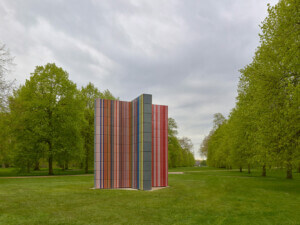Except perhaps for Big Ben and the London Eye, there is no Thames-side landmark more prominent than the Battersea Power Station, the red-brick behemoth with a 338-foot-tall white chimney at each of its four corners. The station, which opens to the public this week for the first time ever, once consumed up to 1,600 tons of coal a day to power much of London. When it began going off-line in 1975, there was talk of demolition. But in 1980 the building was “listed,” or given landmark protection. That didn’t guarantee it would be saved and, in fact, for three decades the structure deteriorated while preservation efforts faltered. In 2012 a consortium of Malaysian investors bought it and its 42-acre site, where they planned to build thousands of condo units. The power station was suddenly indispensable. Without it, the development could have been anywhere.
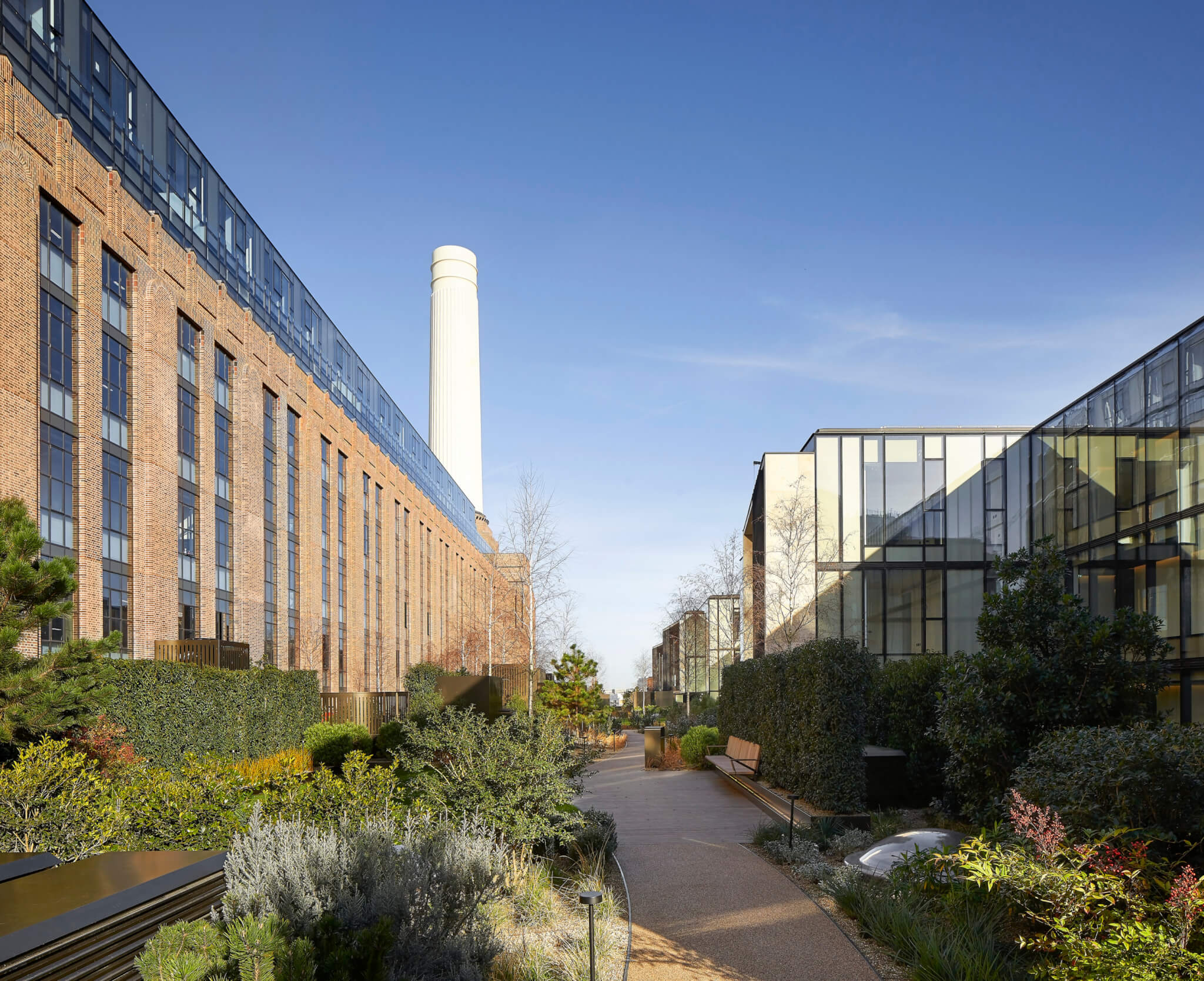
The peripheral neighborhood, called Nine Elms, was already on its way to becoming a maze of undistinguished, indistinguishable towers. In 2018, a new U.S. Embassy, designed by KieranTimberlake, joined them (albeit from behind a moat). An embassy ought to project strength and permanence, but the U.S. built a generic glass box that is far from a neighborhood anchor. The Malaysian developers had a little more imagination: They built condos by Frank Gehry and Norman Foster close enough to the power station that their glass facades had something more than other glass facades to mirror. Meanwhile, under the supervision of the London firm WilkinsonEyre, the station itself was brought back to life. At its heart are two huge turbine halls, one built in the 30s with lavish art deco detailing, the other added in the 1950s and a good deal plainer. The vast rooms have been outfitted with new roofs and the perimeter walkways needed to turn them into shopping destinations. The older has new, vaguely art deco fittings; the latter has been given a more industrial update, though not industrial enough to scare off Calvin Klein, Tommy Hilfiger and other retail tenants.
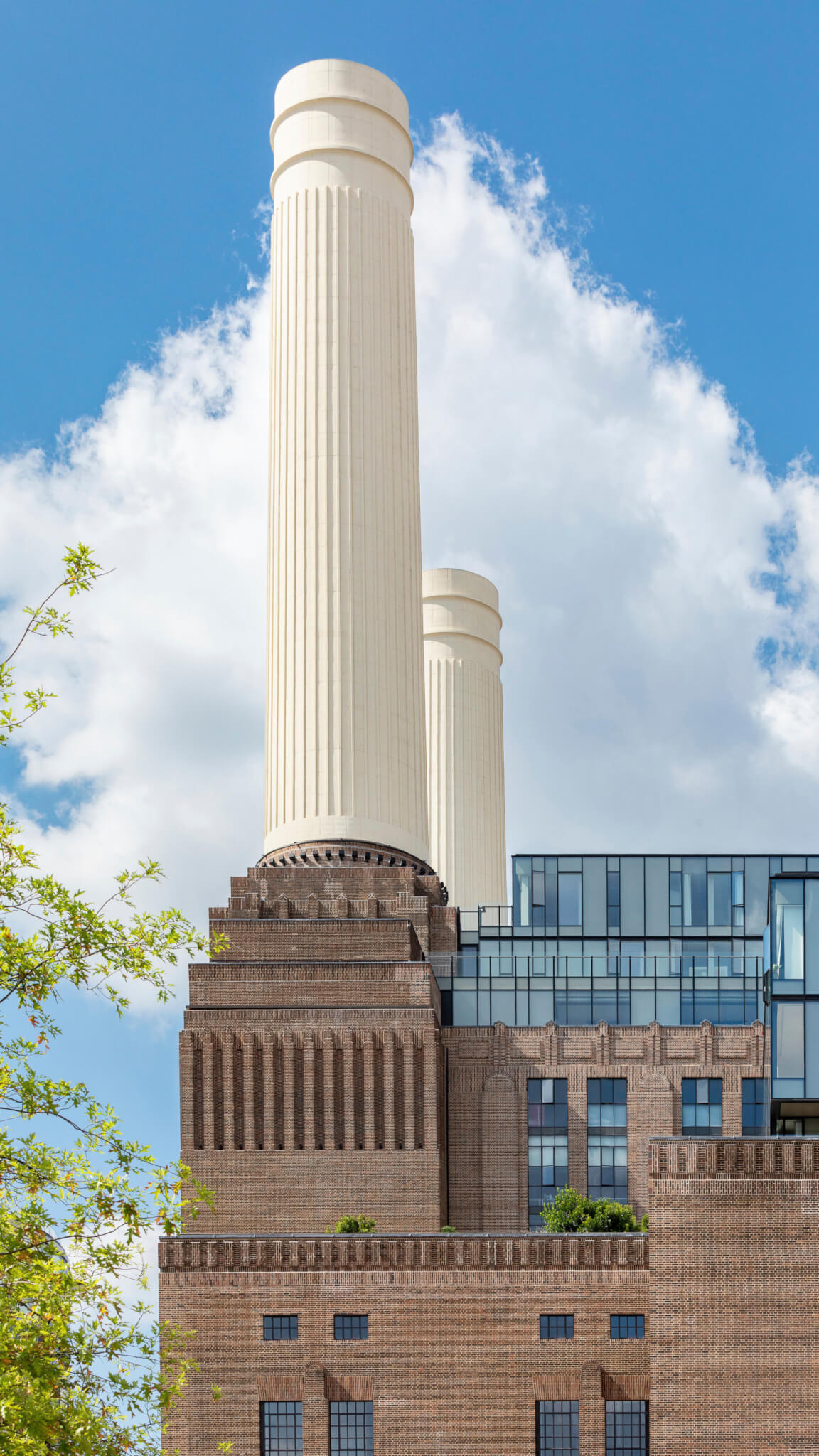
Some of Calvin and Tommy’s customers will work right upstairs: Apple has taken 500,000 square feet of office space (enough for almost 4,000 employees), considered a sign of confidence in a post-Brexit Britain. Other customers will live upstairs, in 250 condos, or “sky villas,” that occupy three-story blue-glass bars that hug the power station’s roofs, like epaulets on a giant’s shoulders. These long, narrow residential blocks are meant to disappear behind their feature-less facades, but that’s wishful thinking; they are significant encroachments on the exterior of the otherwise all-masonry building.
More disappointingly, the turbine halls have little of the power of their counterpart a couple of miles downriver at the former Bankside Power Station. That room was left largely unadorned when Herzog & de Meuron made it the centerpiece of the Tate Modern. The difference is that the accouterments of commerce, including extensive signage, make the Battersea interiors far more mundane than the Bankside’s. Another victim of commerce: The power station’s two meticulously restored control rooms are now largely off-limits (one is part of a private event space, the other is an all-day bar).
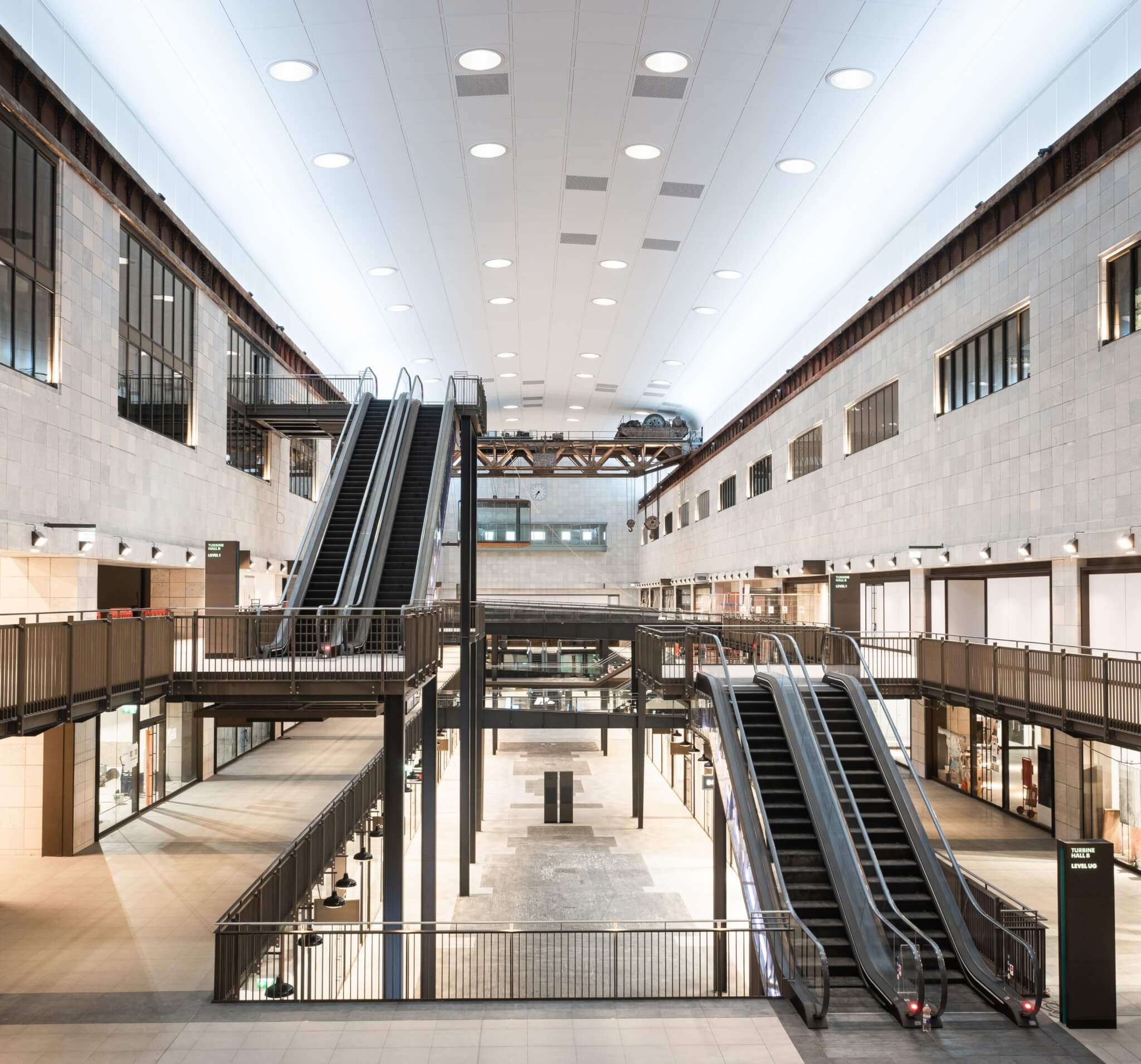
But Battersea has one new feature that no other mega-mall can claim: the chimney lift, a cylindrical glass elevator, engineered by Otis, that rises inside the northwest chimney until it has popped out just far enough to offer 360-degree views of London. (Happily, when the elevator isn’t poking out its chimney looks exactly like the other three.) With a capacity of 16 to 20 people during each of 50 or so daily rides, the lift will almost certainly be unable to meet demand from locals who have been curious about the power station their entire lives.
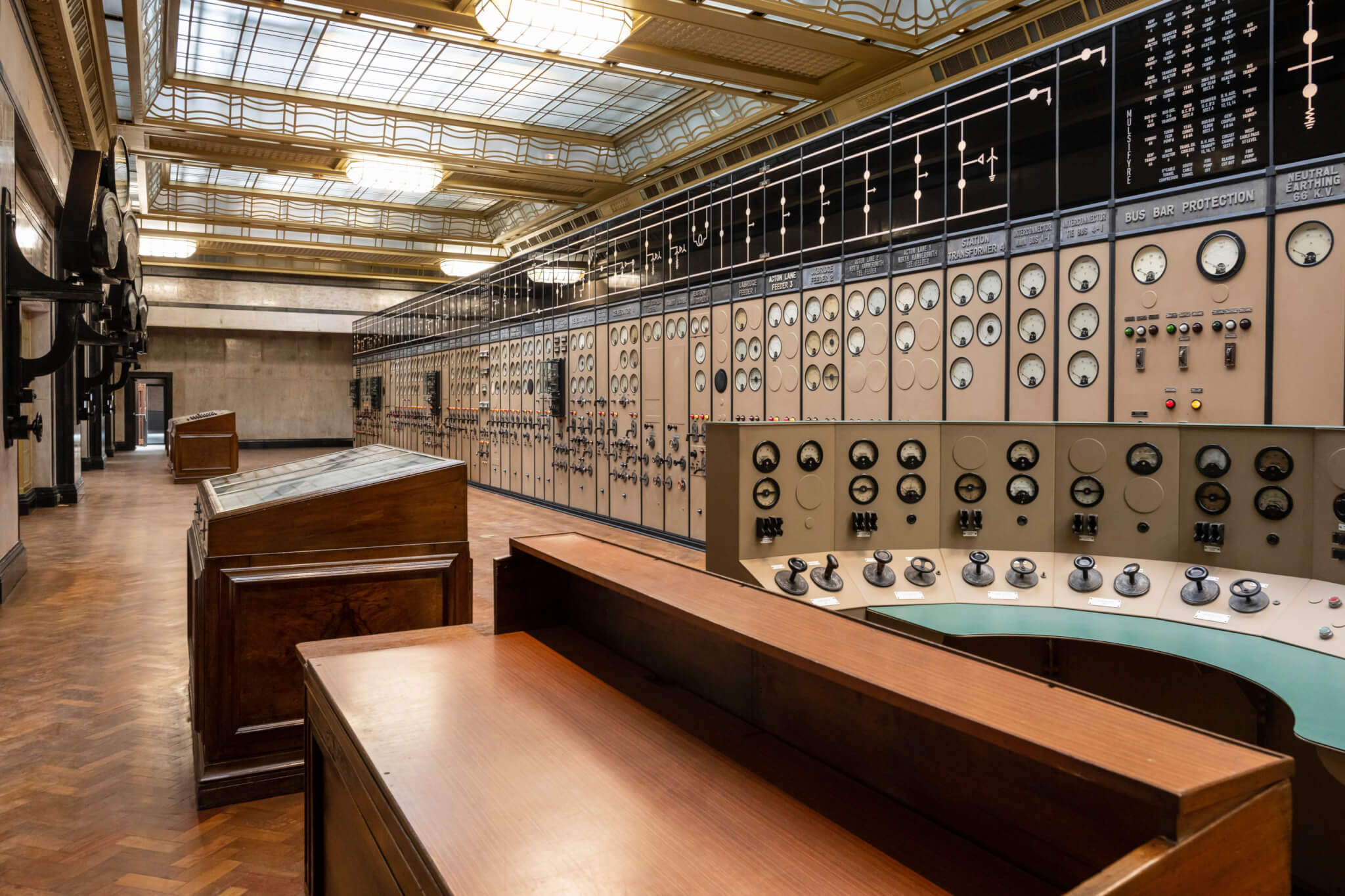
In fact, Londoners got much of what they hoped for, including a new tube station that makes getting to Battersea a breeze and 386 affordable housing units (though none in the power station or the starchitect buildings). Best of all, they get to experience their beloved power station as more than just a backdrop. True, the new Battersea isn’t as pure as the old Battersea, but very little is.










